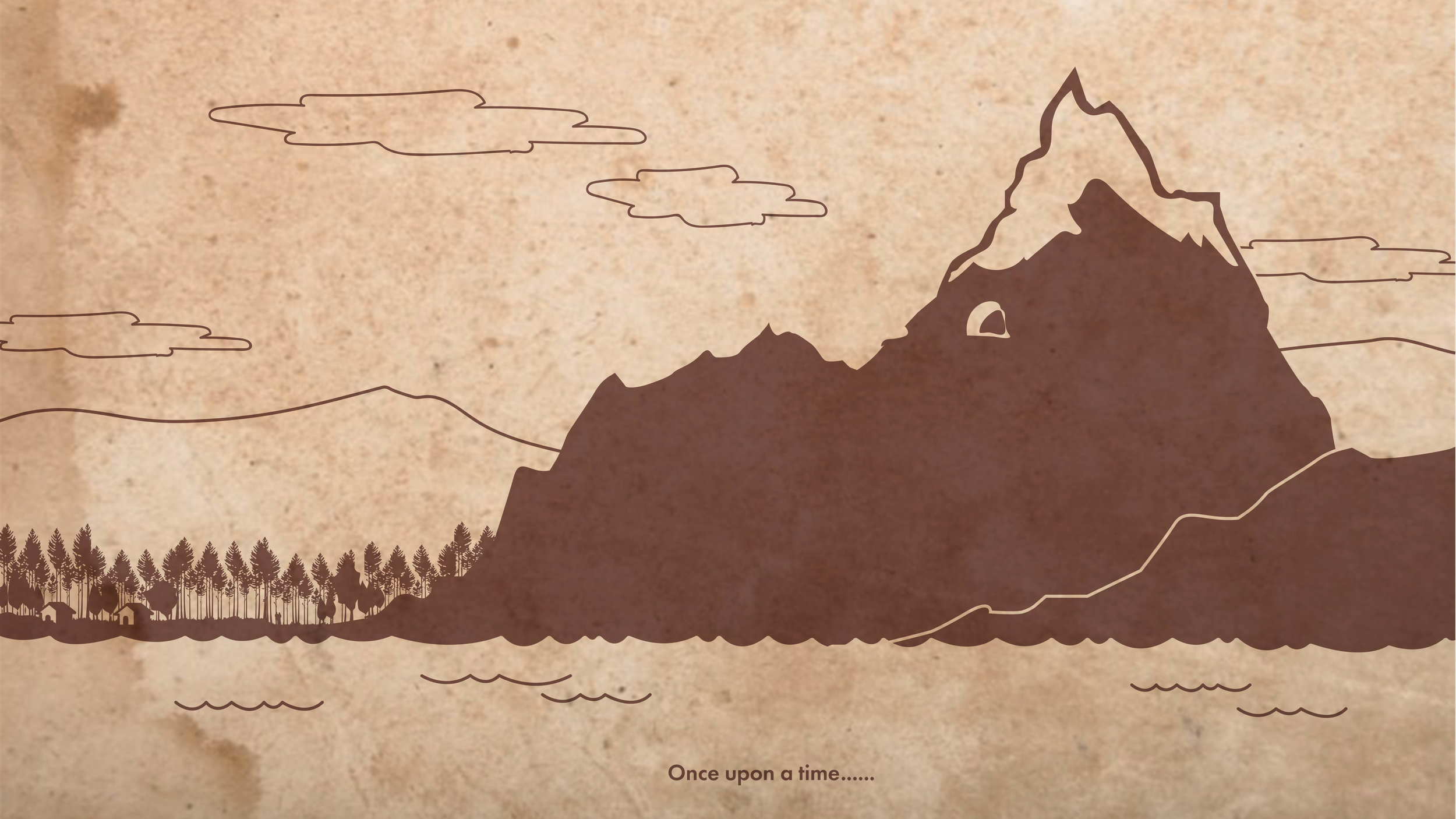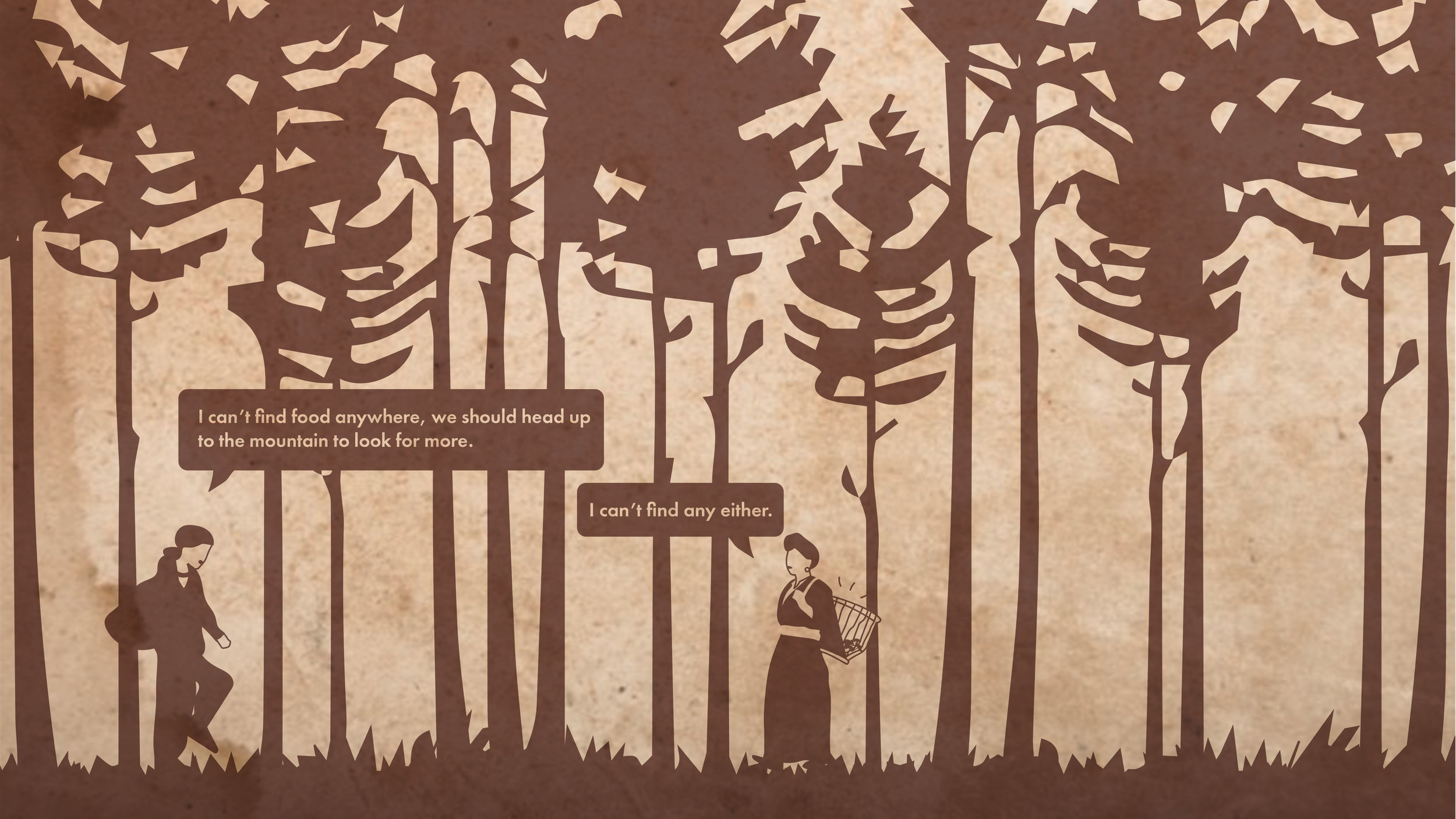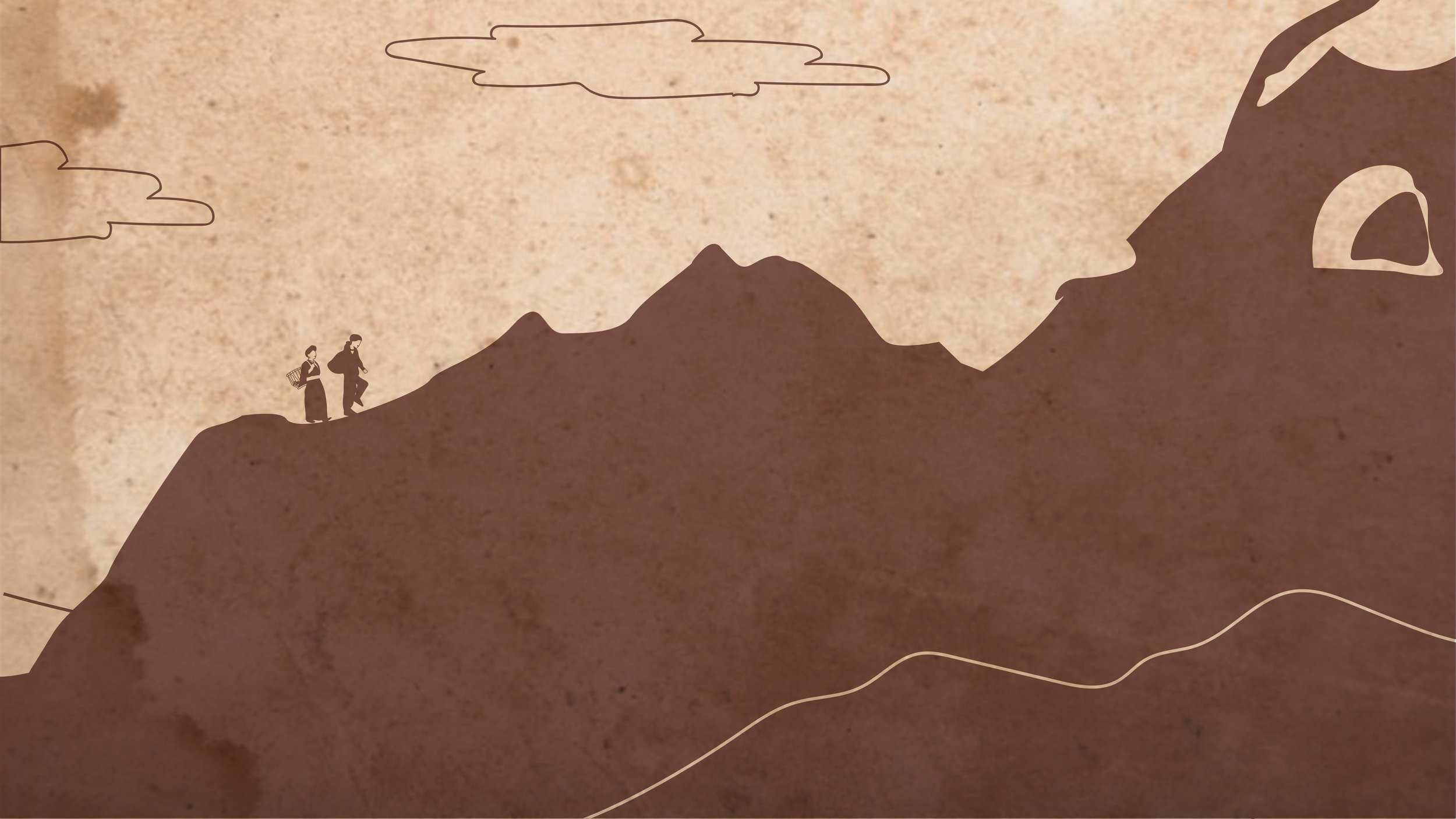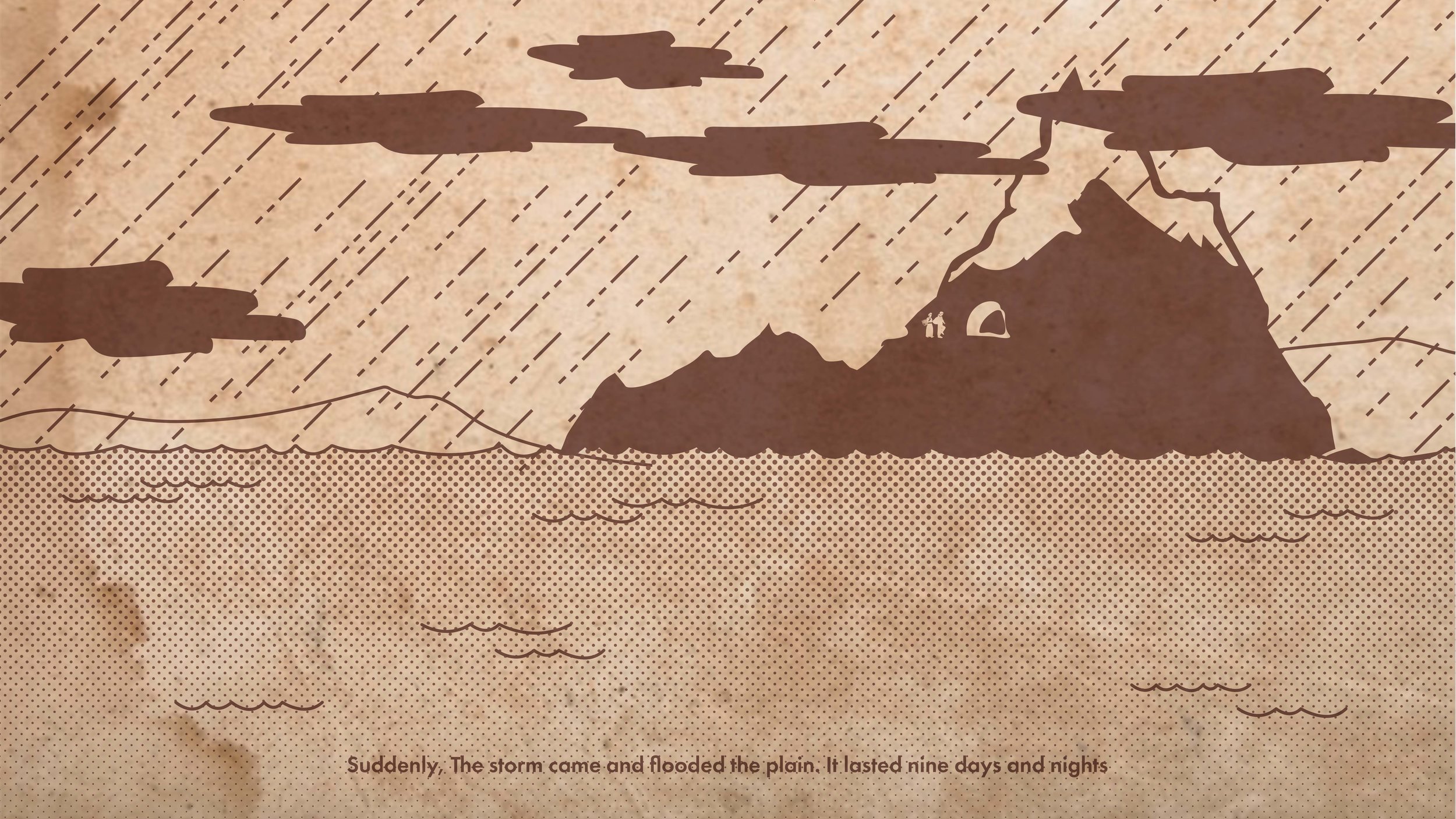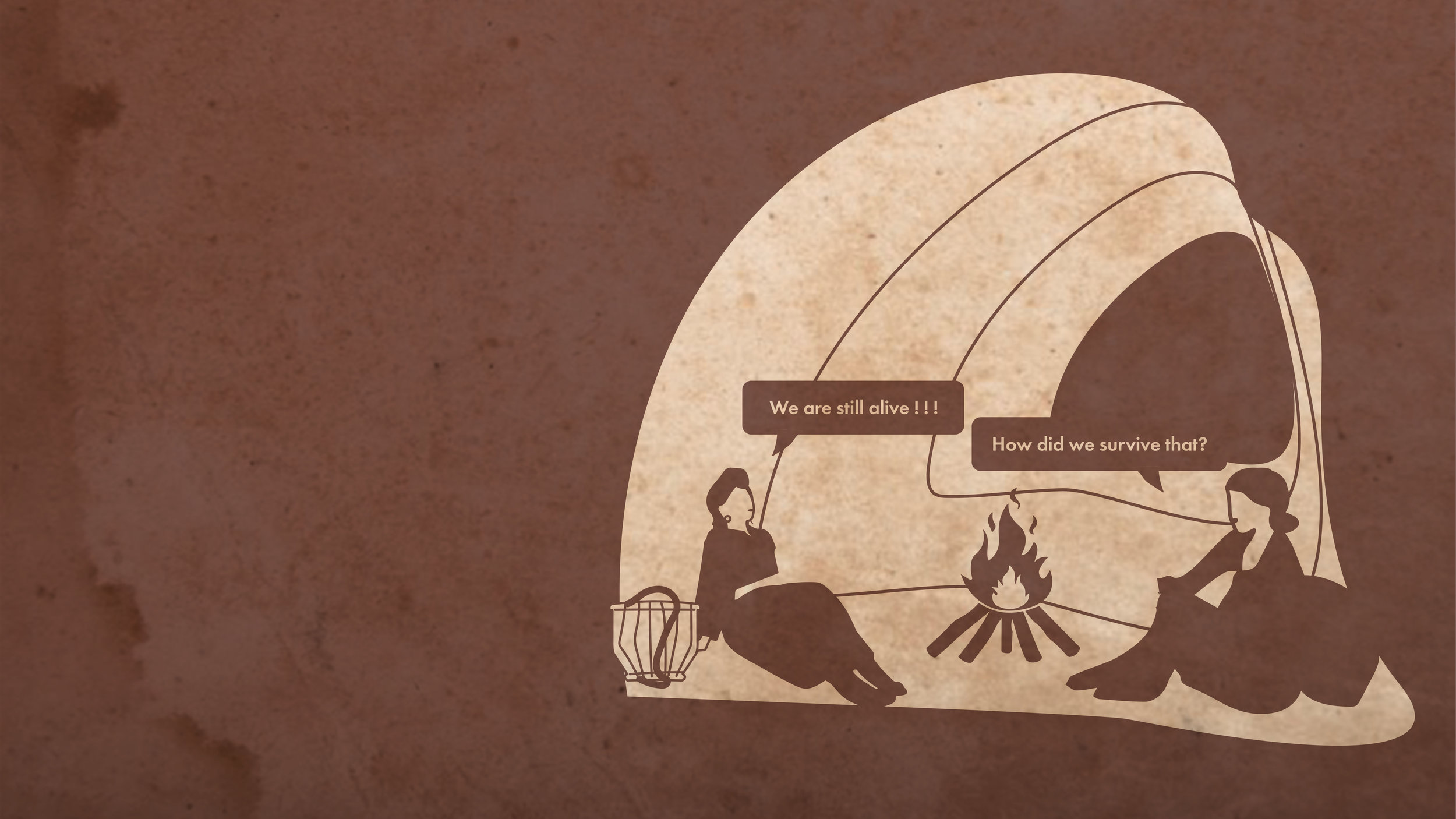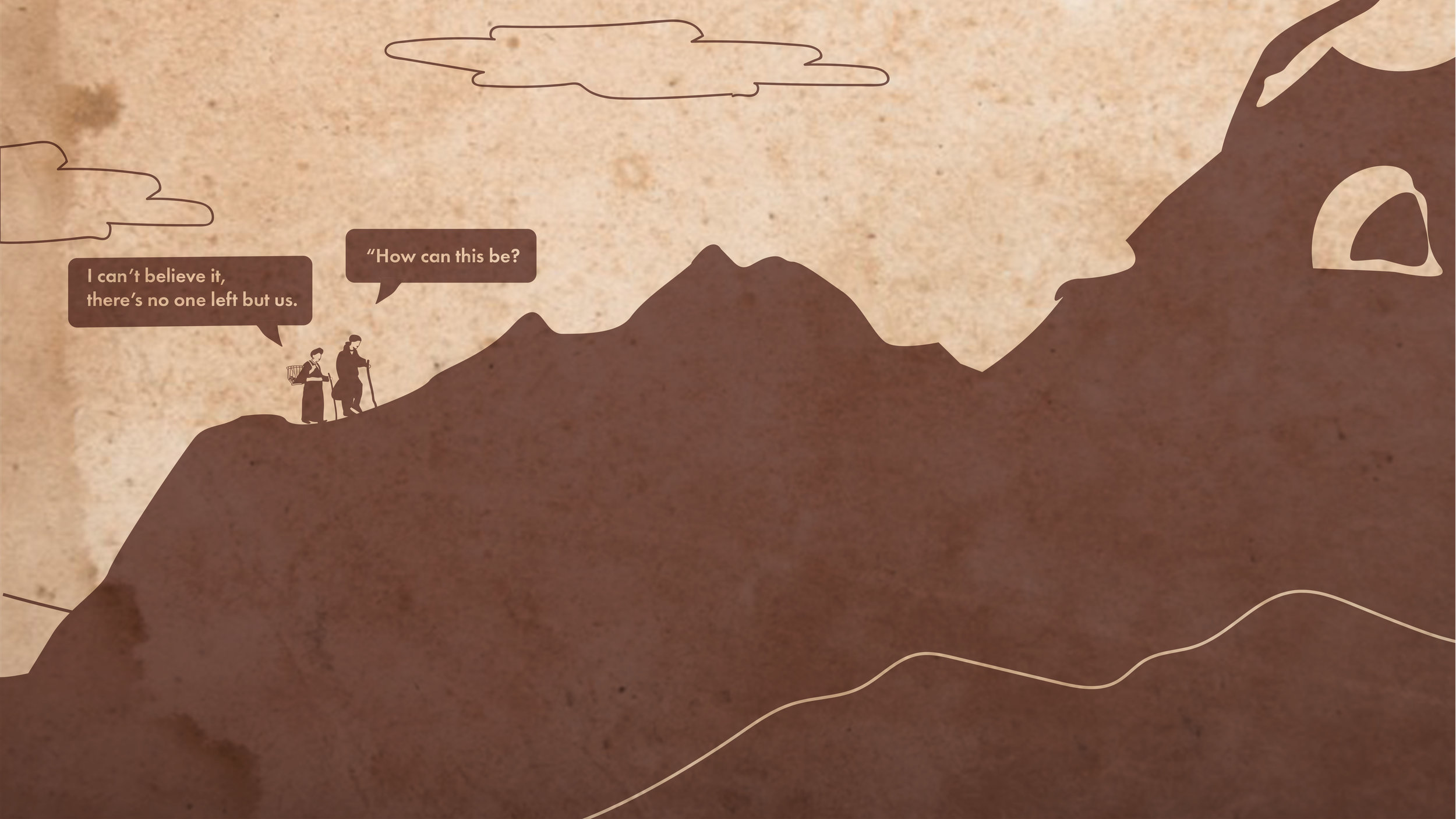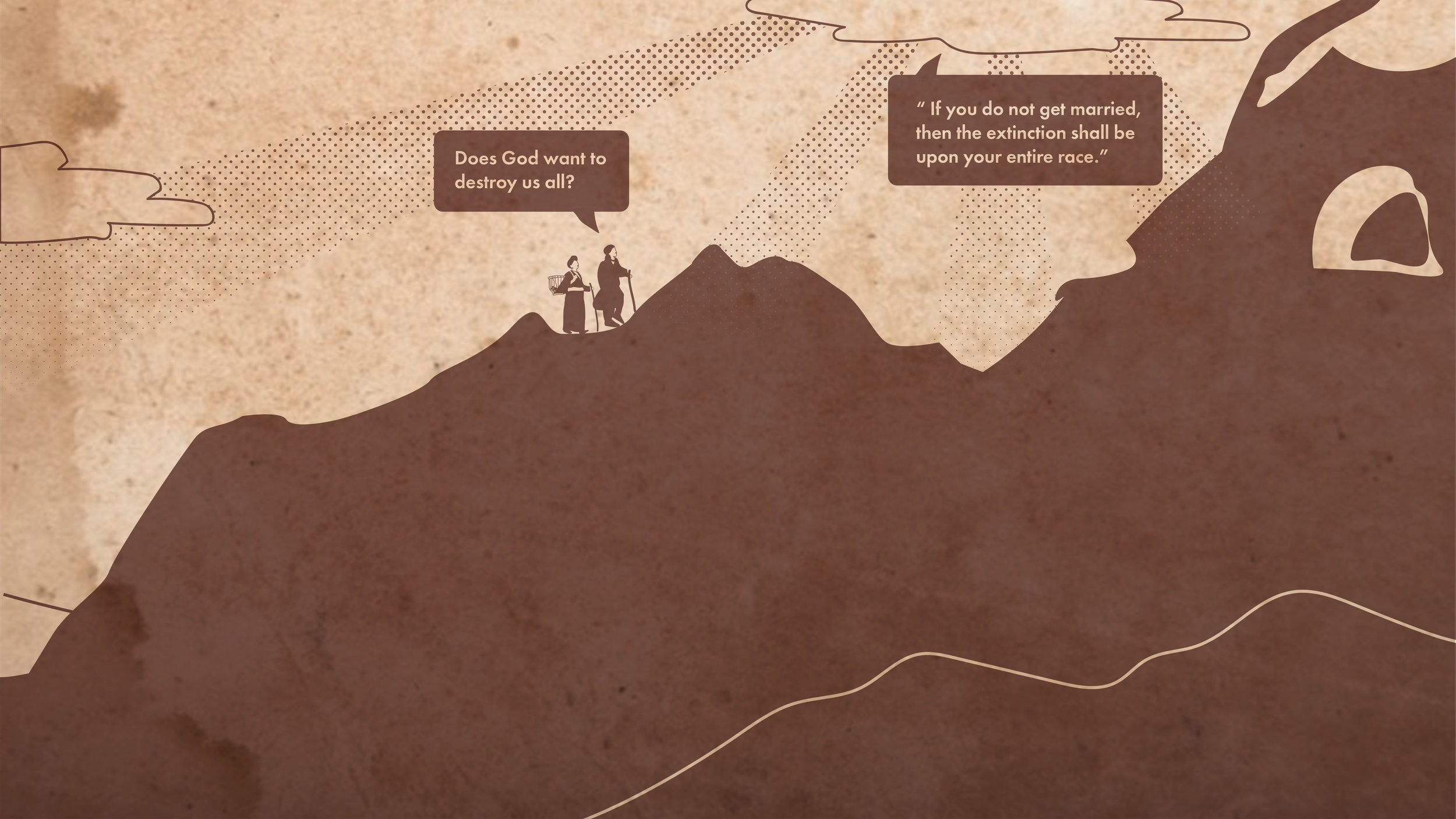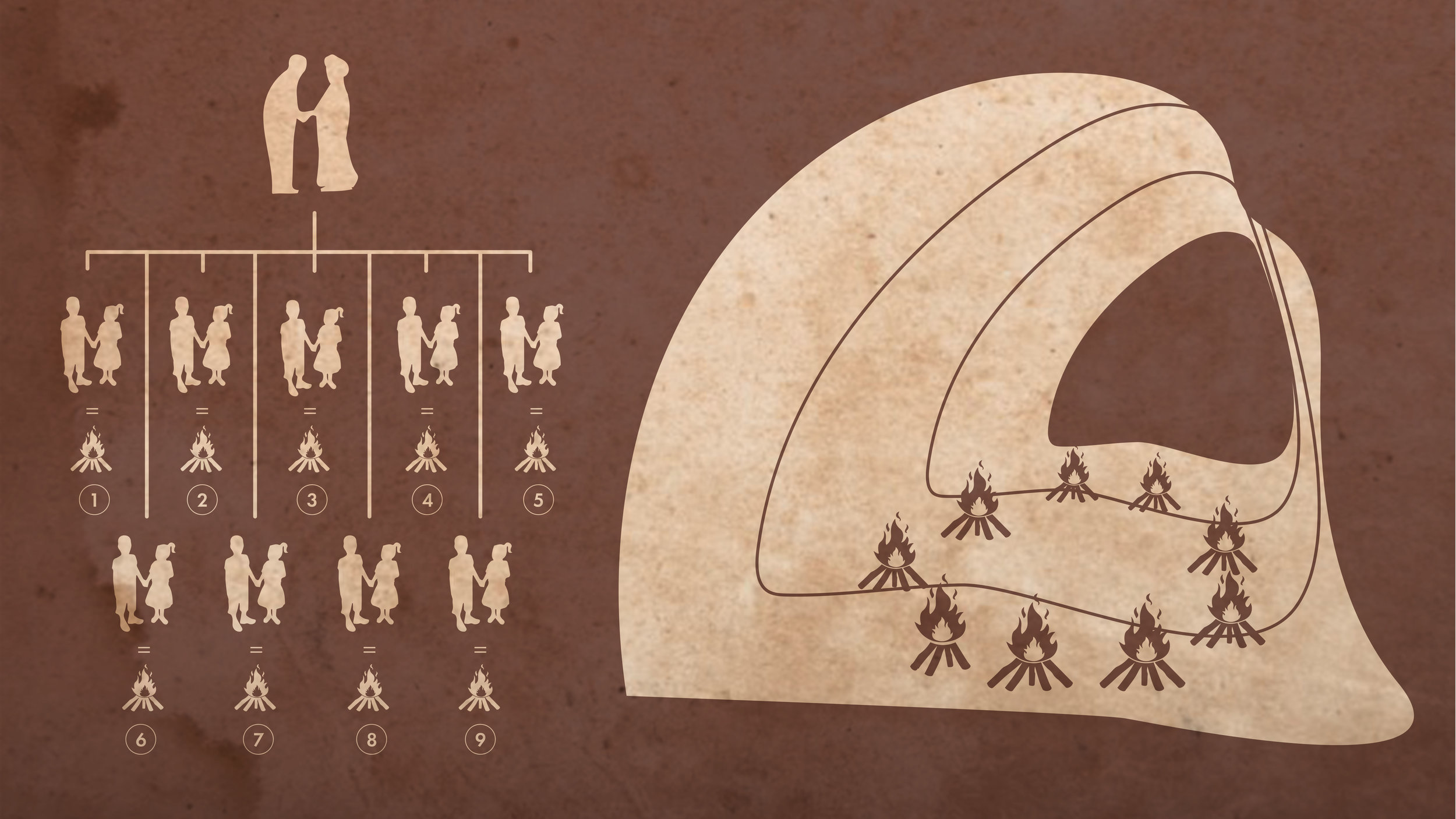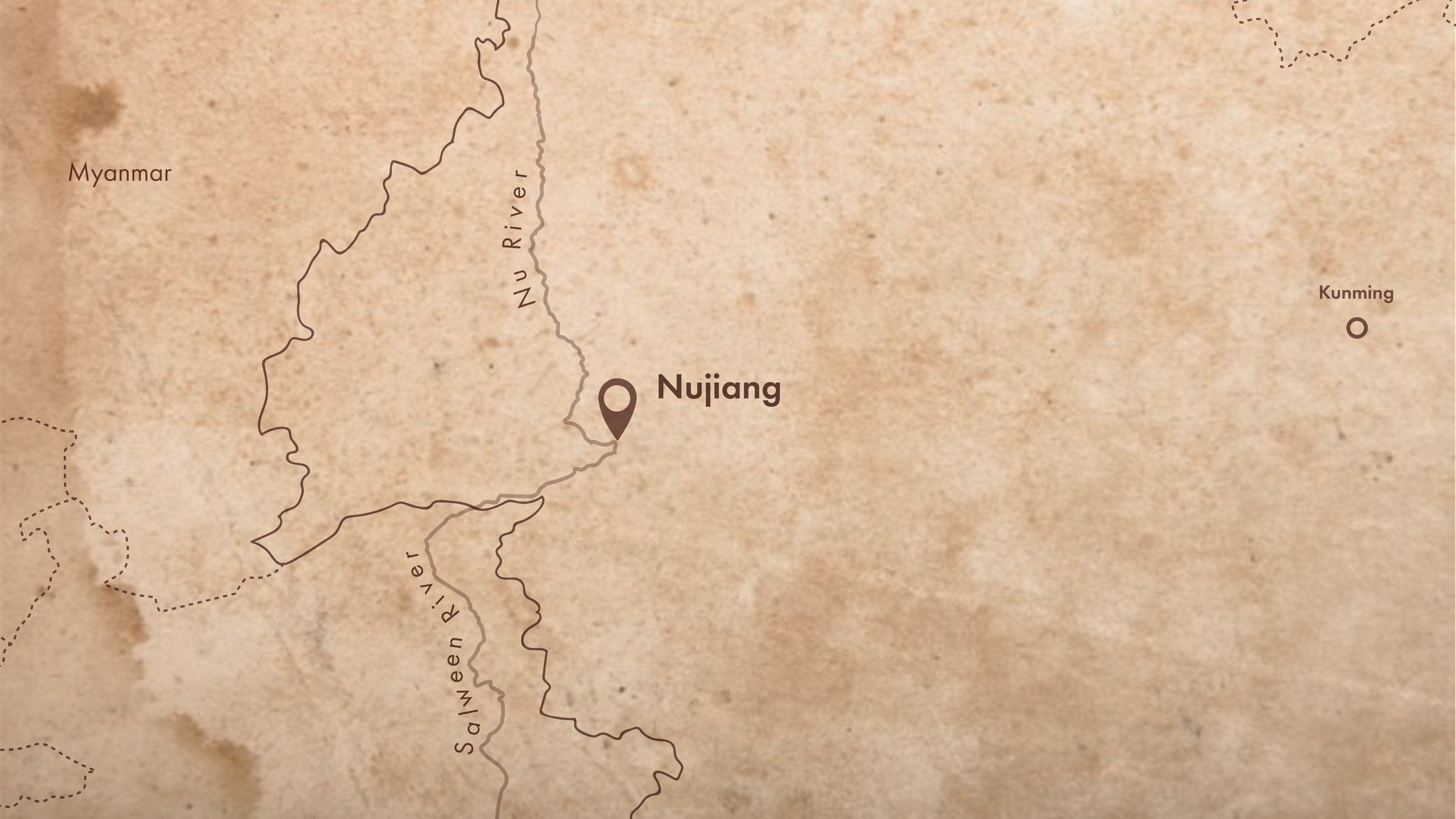Nujiang
The Nu River (怒江), also known as the Angry River, is located in Nujiang Lisu Autonomous Prefecture, Yunnan Province, China. Its origin is the Qinghai-Tibet plateau, nestled between the Gaoligong and Biluo Snow Mountains. From this glacial source in the mountains the river flows southwest, where it is called the Sangqu, passing into a series of lakes before flowing eastwards and becoming the Nu River. The Nu River bears the distinction of being one of the few remaining large rivers globally that is free-flowing on its mainstream. Crossing into Myanmar from Mangshi City in Yunnan, it then flows through Shan, Kayah, and Karen States, and passes through the border of Myanmar and Thailand, before reaching the Andaman Sea in Mawlamyine in Mon State.
Known as the "Grand Canyon of the East," it is home to various ethnic groups (Blang, Palaung, Lisu, Nu, Drung, Pumi and Tibetan), who make up 92.2% of the prefecture’s population, with the entire basin in Yunnan having a population of over 4 million people. This region is diverse in biodiversity, and linguistically and culturally, with its people practicing a wide array of religious/spiritual beliefs and traditions.
This region is not just home to a variety of unique people and communities, but contains some of China's most diverse animal species, flora and fauna, all creating a special ecosystem based around this winding river. In recognition of this, the Nu River, together with the Lancang and Yangtze River, make up the Three Parallel Rivers of Yunnan Protected Areas (云南三江并流), a celebrated UNESCO World Heritage Site.
Since the 1990s, there have been plans for extensive hydropower development on the Nu River, to date primarily focused on building on its tributaries. As the Nujiang region has historically been one of the most under-developed and poorest regions in China, hydropower development has been proposed by some as a way to modernize this rural area, promote economic growth and reduce poverty. Currently around 90 small dams are either in operation or under construction on the river’s tributaries. Yet, in recognition of the environmental and social issues that accompany such projects, all planning on the mainstream are currently suspended until further assessments and are undertaken.
Significantly, after decades of these plans for hydropower development, the Chinese government is now rethinking its approach and setting up the area with special protections and legal standing in order to shed a "green" light on the area’s natural beauty, people and resources. This conservation pathway has taken on the form of establishing a national park, which gives priority to ecological protection, and protecting indigenous people’s culture and way of life. This new vision aims to generate income and alternative livelihood from increased eco-tourism once the park officially opens to the public.
Local Myth
Most local people along Nu River think that the name originated from Nu people. In the Nu language, the river is called “A-Nu-Ri-Mei”, which means the river of Nu people.
According to the old legend, the Nu people originated from the always snowy Gawagapu peak in the Gaoligong Mountains. The altitude of Gawagapu is about 5,000 metres above sea level and it is said that there are nine big fire hearths within a big cave where the Nu's ancestors can be traced from.
Once upon a time, there was a pair of brother and sister who lived along the Nu River. One day, they went up to Gaoligong Mountain to collect food, but no matter how much they collected, their basket would not fill up. As they ventured up further they finally reached the top of the mountain. Suddenly, a rainstorm came and lasted nine days and nights. The continuous rain flooded the whole area and only the brother and sister survived. After the flood, they decided to split up and went in different directions to find other humans, but none had survived. When they went back to the cave at the top of the mountain, they were much older than before. They questioned: Do the gods wanted to destroy all humans?
The God "Gemeng" came to them and told them that if they did not get married, humanity would go extinct. So they got married and had nine sons and nine daughters. Every time they had a pair of son and daughter, they built a fire hearth in the cave. So in total, there they were nine fire hearths up in the big cave up on Gawagapu peak.
Photograph:
Visit Nujiang
Nujiang (怒江) is situated in Nujiang prefecture (怒江傈僳族自治州) , northwest of Yunnan province (云南省) and is bordered by Myanmar in the west. Liuku (硫苦), Fugong (福贡) and Gongshan (贡山) are main towns in Nujiang prefecutre.
Nujiang airport is under construction which is expected to be completed around October 2019. At present, the most convenient way to reach Nujiang is by bus. Kunming (昆明) is the initial port of entry, and one can get to Liuku town (硫苦) by long-distance bus which takes about 10 hours. You can also get to Baoshan (保山) or Dali (大理) directly by air and then change to bus to Liuku. Dali is about 6 hours to Liuku, and 3 hours from Baoshan.
Bingzhongluo(丙中洛) is the northernmost township of Nujiang prefecture, near Tibet. From Liuku to Bingzhongluo, you can enjoy the scenary of the Nu River and Nujiang Grand Canyon along the journey. You can get to Gongshan from Liuku by bus first which takes about 8 hours, and then transfer to Bingzhongluo which takes 2 hours.
Note: There are several Frontier Inspection Stations in Nujiang prefecture, so don't forget to bring passport or ID card.
Local Livelihood
Film introduction by Chen
The Nu River is the only free-flowing river in Yunnan. In the rapid development of China, indigenous people in the basin still keep very traditional ways of life and culture.
In August 2017, Green Watershed invited Mr. Lu Wei and his assistant to go to Nu River basin to shoot. We choose two communities in this area as the main subjects for this project.
In Baihualing community, we visited many families to record their livelihoods such as bird watching, fish farming, coffee plantation, etc. After leaving Baihualing, we drove 386km along the river valley to Bingzhongluo community. Here, we followed a local woman Li Chunhua who introduced her family and her daily life to us and led us to her neighbor which is the oldest family in the community. It happened that day was the 25th day of Chinese lunar month, so we accompanied her to pagoda on the mountain to pray.
It is our hope that the documentary will show diversified livelihoods and the rich indigenous culture of the basin. The Chinese government is currently proposing an "innovation, coordination, green, open, sharing" development concept. No matter which kind of development pathway is followed, it should respect the community’s rights to natural resources and the culture of indigenous people.
Local Perspective: A story by Rungroj Rojanachotikul
My arrival to Kunming was greeted with a small drizzle and dark afternoon clouds. I was to meet with Chen later on in that evening. I've never been to China before and my Chinese consisted of the most basic, "Hi, How are you?" and "Thank you". I could not go very far with these and later on that day I found myself in a heavy rain, soaking wet and a bit lost with no access to internet, but nevertheless it was a good start to my trip to meet with Green Watershed, an NGO based in Kunming, China.
Chen at her office in Kunming.
Chen was born in the Sichuan province, an hour and a half hour plane ride or an 18 hours on the train or one and a half day car ride from Kunming. Her parents were both teachers/farmers and she could remember at a very young age being introduced to literature by her father and fell in love almost instantly to poetries as she grew.
"I can still recall the first poem my father read to me when I was very young," she said. "A story about a young man and a young girl and an undying love they had for one another." The memory took her back to a happy place and she began to recite it in Chinese which she later on kindly translated into English for me.
Chen graduated with a biology degree specialising in botany, so I asked if growing up in the countryside influenced her study at all and she said "A mix between many things. I couldn't get into my first choice university because of my grades so I ended up at another university studying biology," she laughed. Her appreciation for the environment started at a very young age. "I remember once when we were playing in the field with my sister and our friends from the area. We were carried away with whatever we were doing that we forgot our cow. We lost it and that cow was worth a lot of money, several households also partake in raising that cow as well. When we finally found it, we discovered that it had eaten someone's plants, so we had to pay for it. That year, my parents decided not to buy new shoes for my sister and I as some kind of lesson or punishment."
Chen looking after the plants in the back of the Green Watershed rooftop.
Chen then went on to talk about a river by her hometown and how a trip back there during her university days started to change the way she thought about humans' relationship with their surrounding environment.
"We used to swim and play in the river by my hometown. I remembered the water being crystal clear until a local coal factory expanded production and released polluted water all dayopened up," she continued, "Once I got back to the university to continue my study, I started to spend more and more time with nature. I started to appreciate the tranquility and peace that it offers. I started to enjoy observing and birdwatching and caring for plants."
Before she landed a job here at Green Watershed, she was working in a few other jobs in the private sector. "I was in Shenzhen and I didn't think it is suitable for me.really like it there at all. My job wasn't fulfilling and Tthe city was too busy for me so I decided to move to Kunming. My first NGO job was with Green Kunming and we mainly monitored dealt with industrialthe pollution in Kunming. I love the working environment in the NGO sector. I heard about Dr. Yu and Green Watershed and read a lot of news articles about the Nu River protection during that time. In 2015, after a few years, I heard there was a job opportunity with Dr. Yu at Green Watershed, so I applied to work here a few years ago." She paused for a second as Dr. Yu called out to her. She apologised and rushed downstairs to see him.
Dr.Yu, founder of Green Watershed.
Dr. Yu has won many awards and is highly regarded by many people domestically and abroad for his environmental work. Chen told me that's part of the reason why she decided to join Green Watershed was Dr. Yu's work and his perspective on life. During my short stay, Green Watershed was a busy bustling place with many visitors from around the world coming in to work with them. I didn't have much time to talk to Dr. Yu but I'd love to meet him again to get to know him and learn from him.
If you haven't already, please watch the film produced by Green Watershed above. Dr. Yu and his team traveled up the Nu River to re-visit a few communities along the river where his work begun more than 10 years ago.
Learn More
Join us

